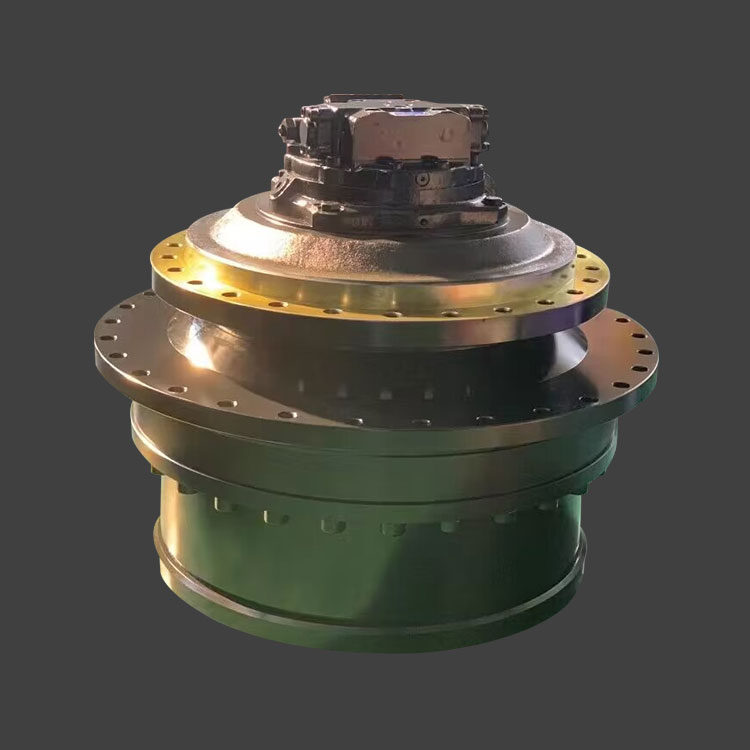Size and Power: The Dynamics of Travel Motor Performance
2023-11-08
Introduction
In the world of heavy machinery, the role of a travel motor cannot be overstated. These robust components are at the heart of machines like excavators, bulldozers, and agricultural equipment, providing the essential power for movement. The size and power of a travel motor have a direct impact on its performance, and understanding this relationship is vital for optimizing the operation of heavy machinery. In this blog, we'll delve into how the size and power of a travel motor affect its performance.
Size Matters: The Relationship Between Size and Performance
1. Torque and Tractive Effort
The size of a travel motor is closely tied to its torque output, a key factor in its performance. Torque is the rotational force generated by the motor, which is then used to move the machinery's wheels, tracks, or drive mechanism. A larger travel motor typically produces more torque, allowing the machinery to tackle heavier loads and navigate challenging terrains with ease. This is particularly important in applications like excavators, where the ability to dig through tough soils or rocky terrain is crucial.
2. Speed
The size of a travel motor also affects the speed at which the machinery can move. Larger motors often have the capacity to generate more power, enabling the machinery to travel at higher speeds. Conversely, smaller travel motors may provide less power and result in slower movement. The choice of motor size depends on the specific requirements of the application. In some cases, a balance between torque and speed is necessary to achieve optimal performance.
3. Stability and Control
The size of the travel motor can influence the stability and control of the machinery. Larger motors can provide greater stability, especially in heavy equipment like bulldozers, which require stability when pushing large volumes of material. Smaller motors may be more suitable for lighter machinery where precision and maneuverability are essential.
Power Play: The Role of Power in Performance
1. Efficiency
The power of a travel motor directly impacts its efficiency. A more powerful motor can convert energy more efficiently into motion, reducing energy waste and increasing the machinery's overall efficiency. This is particularly important in applications where energy consumption is a significant concern, such as electric vehicles.
2. Versatility
A more powerful travel motor often enhances the machinery's versatility. It can handle a broader range of tasks and adapt to varying conditions. In the construction industry, for example, a more powerful travel motor can accommodate attachments and accessories for different tasks, from digging to lifting.
3. Durability
Power can also affect the durability of a travel motor. In heavy-duty applications, a more powerful motor can withstand greater stresses and strains, leading to a longer lifespan and reduced maintenance requirements. This is especially critical in industries like mining and forestry.
Conclusion
The size and power of a travel motor are critical factors that influence its performance in various industries. Whether it's torque for heavy lifting, speed for efficient movement, stability for precise control, or efficiency for reduced energy consumption, the size and power of the motor play pivotal roles. By selecting the right travel motor size and power based on the specific requirements of an application, operators can ensure optimal performance, extended equipment lifespan, and increased productivity, ultimately driving success in their respective industries.



